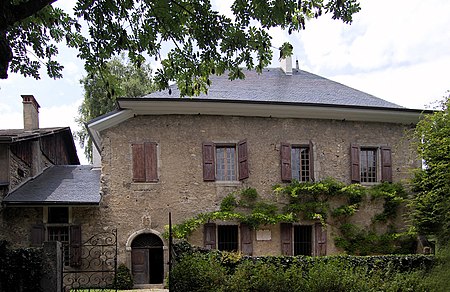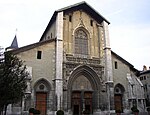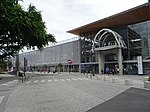Les Charmettes
Buildings and structures in ChambéryChambéryHistoric house museums in Auvergne-Rhône-AlpesLiterary museums in FranceMaisons des Illustres ... and 2 more
Museums in SavoieSavoie geography stubs

Les Charmettes is writer's house museum in a hamlet near the town of Chambéry in the Savoie region of France. It is famed as a favourite retreat of the philosophe Jean-Jacques Rousseau (1712-1778).
Excerpt from the Wikipedia article Les Charmettes (License: CC BY-SA 3.0, Authors, Images).Les Charmettes
Chemin des Charmettes, Chambéry
Geographical coordinates (GPS) Address Nearby Places Show on map
Geographical coordinates (GPS)
| Latitude | Longitude |
|---|---|
| N 45.555375 ° | E 5.9308611111111 ° |
Address
Chemin des Charmettes
Chemin des Charmettes
73000 Chambéry
Auvergne-Rhône-Alpes, France
Open on Google Maps








